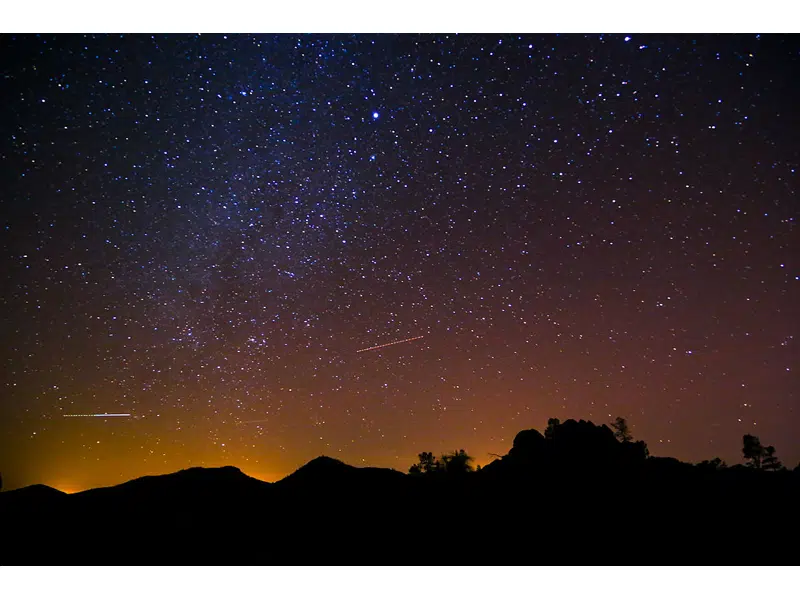
Go outside and enjoy the night sky because it might be about to change.
That’s according to Dr. Samantha Lawler with the Physics Department at the University of Regina. She explains that thousands of communications satellites are being launched over the next few years and one company alone, Starlink, is planning to launch 42,000 satellites in the next twenty years.
SpaceX’s Starlink is adding 60 new satellites every few weeks. Dr. Lawler explains that all of these satellites reflect the sun, which then muddies the view for astronomy research. Her predictions for the light pollution is that the worst of it will be at 50 degrees latitude North and South, which aligns with Regina, Calgary, Vancouver and Winnipeg, among others.
Lawler says right now there are not rules about how bright a satellite can be or what orbits they can use. She is urging for international regulations and for satellite companies to take it upon themselves to make their satellites less reflective.
Lawler’s calculations are that in the future, one in ten points in the sky will be a satellite, not a natural object, but she believes there is still time to fight this. She also wonders what kind of affect this light pollution could have on migrating animals, although she stresses she is not a biologist and doesn’t know the answer to that.
Lawler also notes there is the challenge of having all of those satellites in orbit and at what point it will be considered too crowded






















